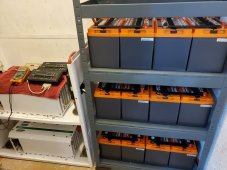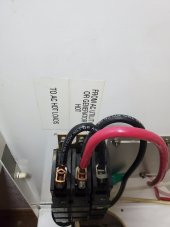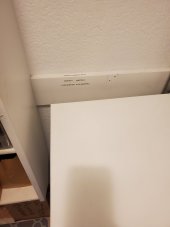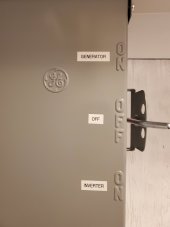G.W. Mad Scientist
New Member
I have installed two SW5548 inverters that I had bought over 10 years ago. My question is when I turn one inverter on it comes on hums inverts and makes power just fine the second inverter when I turn it on it comes on with a very loud click with a hum it also inverts and produces power just fine however a relay is coming on when I turn that inverter on trying to power something. I thought I reset it back to factory specs and it still does it any members familiar with these Trace inverters know what's normal for these when you first turn them on? Is there a way I can look into it and see if there's something enabled that's turning a relay on in the programming? I'm going to use them strictly as backup inverters to the grid tie system. I don't really want a relay powered on all the time being an extra draw. Unfortunately when I bought these two they were open box and both the manuals were missing. They are Nos. Thanks in advance for any insight about this GW.
Attachments
Last edited:









